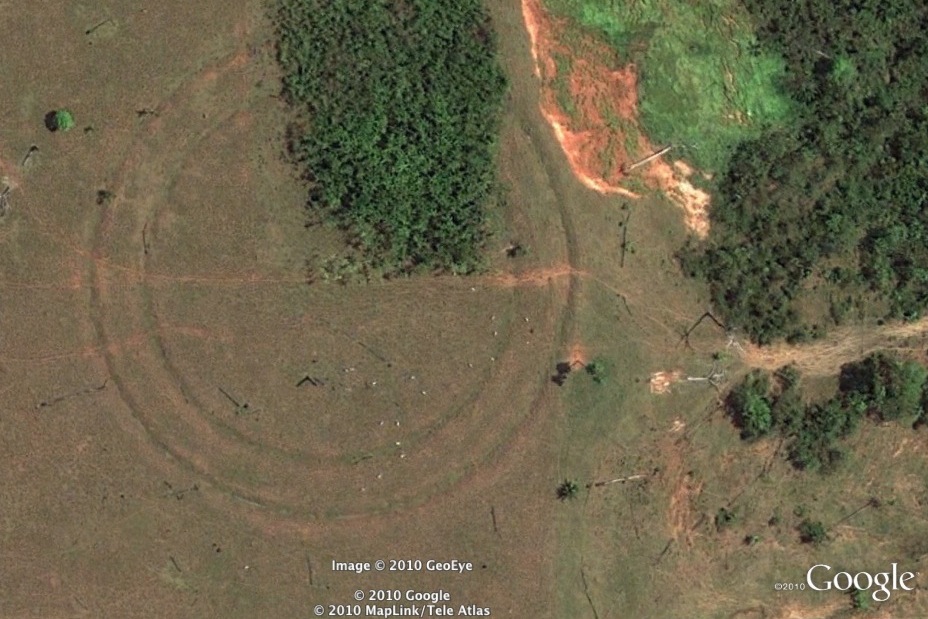OF THE
TIMES
Heaven and hell are eternal places because they are always present at the extremes of human existence, for better or for worse. People are constantly choosing between them, although they are generally not conscious of that in an articulated manner.
Died by being shot in the back.
Any plant that grows here is part of creation. Who are humans to restrict or make illegal part of creation to be used? They declare themselves...
The powers that be do not want to help people in the developing world rise out of poverty. On the contrary - they want to cripple their industrial...
EU must decide fate of military age Ukrainian men - member state Herein lies the fundamental problem with the "EU" - it has no right and authority...
Oh yeah, the Daily Mail, of all shabby British tabloids ... Scientists claim they've had a 20 minute conversation with a WHALE - and say it could...
To submit an article for publication, see our Submission Guidelines
Reader comments do not necessarily reflect the views of the volunteers, editors, and directors of SOTT.net or the Quantum Future Group.
Some icons on this site were created by: Afterglow, Aha-Soft, AntialiasFactory, artdesigner.lv, Artura, DailyOverview, Everaldo, GraphicsFuel, IconFactory, Iconka, IconShock, Icons-Land, i-love-icons, KDE-look.org, Klukeart, mugenb16, Map Icons Collection, PetshopBoxStudio, VisualPharm, wbeiruti, WebIconset
Powered by PikaJS 🐁 and In·Site
Original content © 2002-2024 by Sott.net/Signs of the Times. See: FAIR USE NOTICE

Reader Comments
to our Newsletter